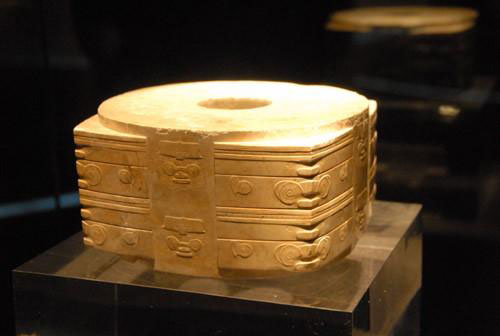The "Jade Age" is an era named by some archaeologists in mainland China. It is between the Stone Age and the Bronze Age and is unique to China. Many civilizations have been unearthed in different civilizations since the Neolithic Age. Archaeologists believe that the jade era is characterized by jade as the main production and living tool. However, Sun Ji believes that there is no "Jade Age" in Chinese history. Sun Ji pointed out that in the ancient times when productivity levels were still very low, the manufacture of jade articles was very difficult. At that time, the jade was usually made of a horse-tailed rope, mixed with water and sand, and polished on the jade. “It’s good to be able to grind a trace on the jade in three or five days,†Sun said. “People are all about an input-output ratio. It takes you several years to polish the jade into a tool. Going to the field and cultivating the land, it will be broken after a long time. Isn’t this stupid? Will the ancients be stupid enough to do this kind of thing?†Sun Ji further pointed out: We said that the Stone Age and the Bronze Age were because stoneware and bronze were the main production tools of that era. However, because of its difficult to make and the value of the city, jade can never be a major production tool in the ancient times, and the "Jade Age" is impossible. Sun Ji believes that before the Western Zhou Dynasty, jade was considered to be psychic because of its crystal-clear quality, so it was mainly used as a religious tool. After the Han Dynasty, until the Southern and Northern Dynasties, jade was mainly used as a kind of ornament. It was also used for the introduction of Buddhism, the use of rituals and Buddha statues; after the Song Dynasty, the religious meaning of jade was gradually stripped, mainly as decoration and home furnishings for pure appreciation and aesthetic use. Reinforcement Fabric,1050D Oxford Pu Coated Fabric,Nylon Cordura Reinforcement Fabric,600D Polyester Oxford Fabric Wujiang Bonheur Special Textile Co.,Ltd. , https://www.bonheurtex.com
The top of the mountain that was unearthed from the "Wang Ling"